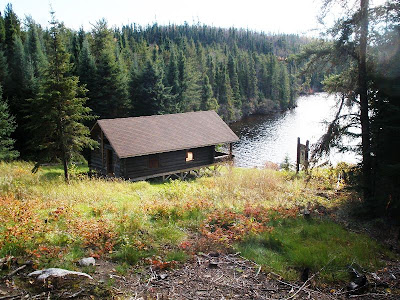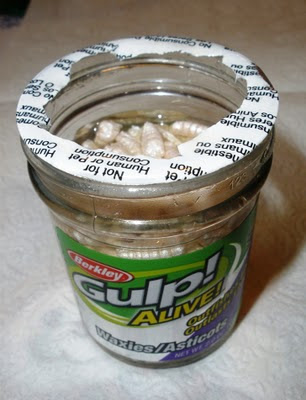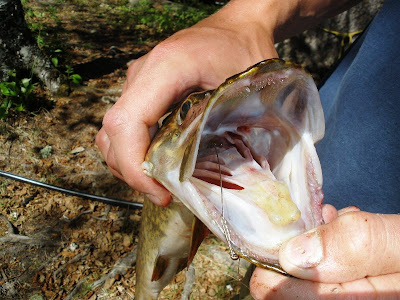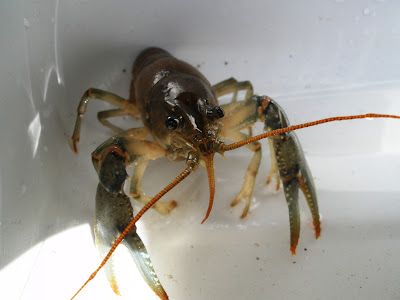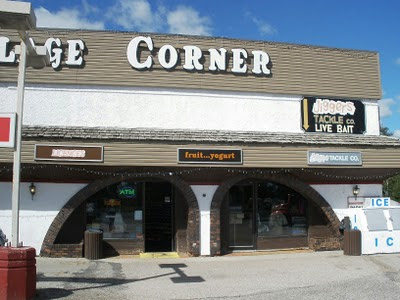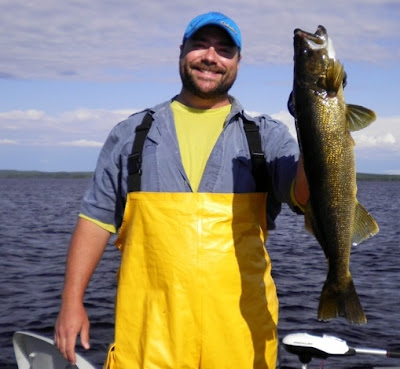I'm noticing that more and more people don't seem to know how to live without an endless supply of electricity.
Of course, the reason I might be more aware of this than others is that I'm the person who is responsible for electricity here at camp.
We have a diesel generator that powers the electric refrigerators and lights in the cabins and also must power the various water and sewage pumps that keep camp functioning.
I'm also the guy who must go out in a boat looking for dry firewwood that feeds the wood stoves in the cabins. I believe it was Thoreau who said wood warms you twice, once when you cut it and the second time when you burn it. Thoreau must have had an easily accessible supply of wood because here at Bow Narrows Camp wood warms our helpers and me many times more than that: first when we cut it, then when we haul it to the boat, when we load the boat, when we unload the boat, when we cut it into stove-length pieces, when we split it and finally when we haul it to the cabins.
It gives a person a whole different perspective on the necessity of burning fuel.
I really do choose to just put on a sweater rather than light a fire when the temperature is only mildy cool.
A lot of people simply don't seem to even consider this option. Their first and only method of regulating their body temperature is to burn fuel. "I'm cold, burn fuel to warm me," or "I'm hot, burn fuel to cool me."
One time years ago we were having a heat wave here at camp with temperatures about 90 F. We had four customers who wanted me to drive to town and buy each of them large electric fans, something that wasn't even available at our single hardware store anyway.
"We're hot and we need fans."
I pointed out that everyone else was just going swimming several times a day. The lake water was beautiful and once your body was cooled off it stayed cool for hours afterwards.
"No way! That water's too cold," they protested.
But you're hot right now, right?
"Yes, so go to town and buy us fans!"
They just wouldn't believe that people could control their comfort level by anything other than the consumption of fuel.
Likewise, many people don't realize that they can keep things cool with anything other than an electric refrigerator.
Insulated coolers do this nicely. Although we don't have an ice machine here at camp (It would take too much electricity) we do have jugs of frozen water (ice) in our freezers. You can put these in large coolers or you can bring small ice packs that you put in small drink coolers or in the foam boxes that flats of worms come in and everything is nice and cool.
While we're on the subject of electrity, I always marvel at people who bring their own boats to camp. They must plug-in their boats to an electrical outlet every time they come to shore to recharge the batteries that power their electric trolling motors.
We're a wilderness camp, right? That means there is not an endless supply of electricity for people to plug-in their ever-growing number of electrical gizmos.
"Which of these is a current bush?" I think people must wonder as they hold their extension cord and look at the trees that line the bank. (They end up running long, long extension cords all the way to their cabin where they soak up some of the limited amount of electricity we are able to produce with our generator.
The reason they don't use their outboard motors for fishing is because they are too large and unsuitable for fishing.
Am I the only person who thinks it's ironic that someone would have a fishing boat with a motor that is unsuitable for fishing?
Click to go back to our website:
www.bownarrows.com
Click to see the latest on the blog:
www.bownarrows.blogspot.com

